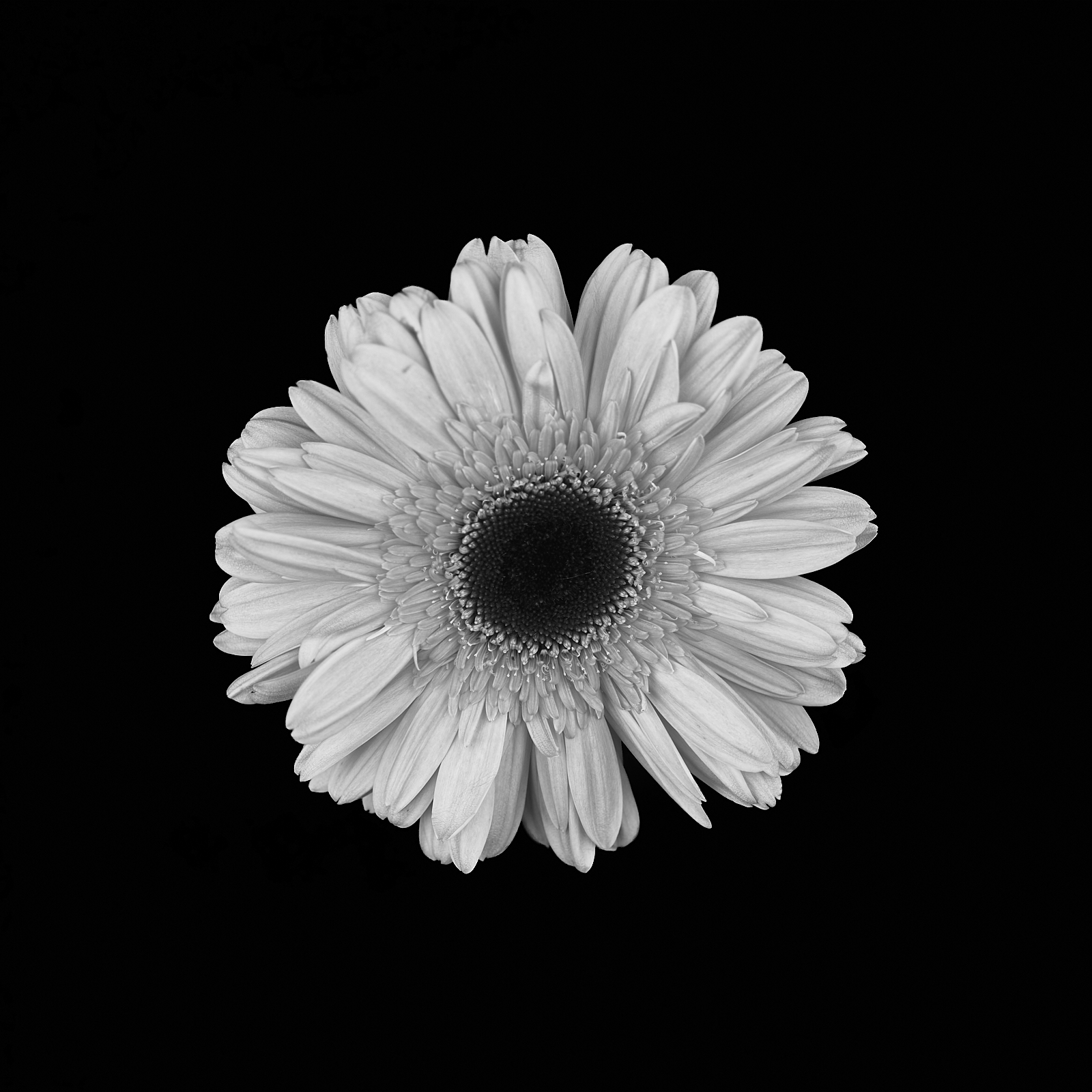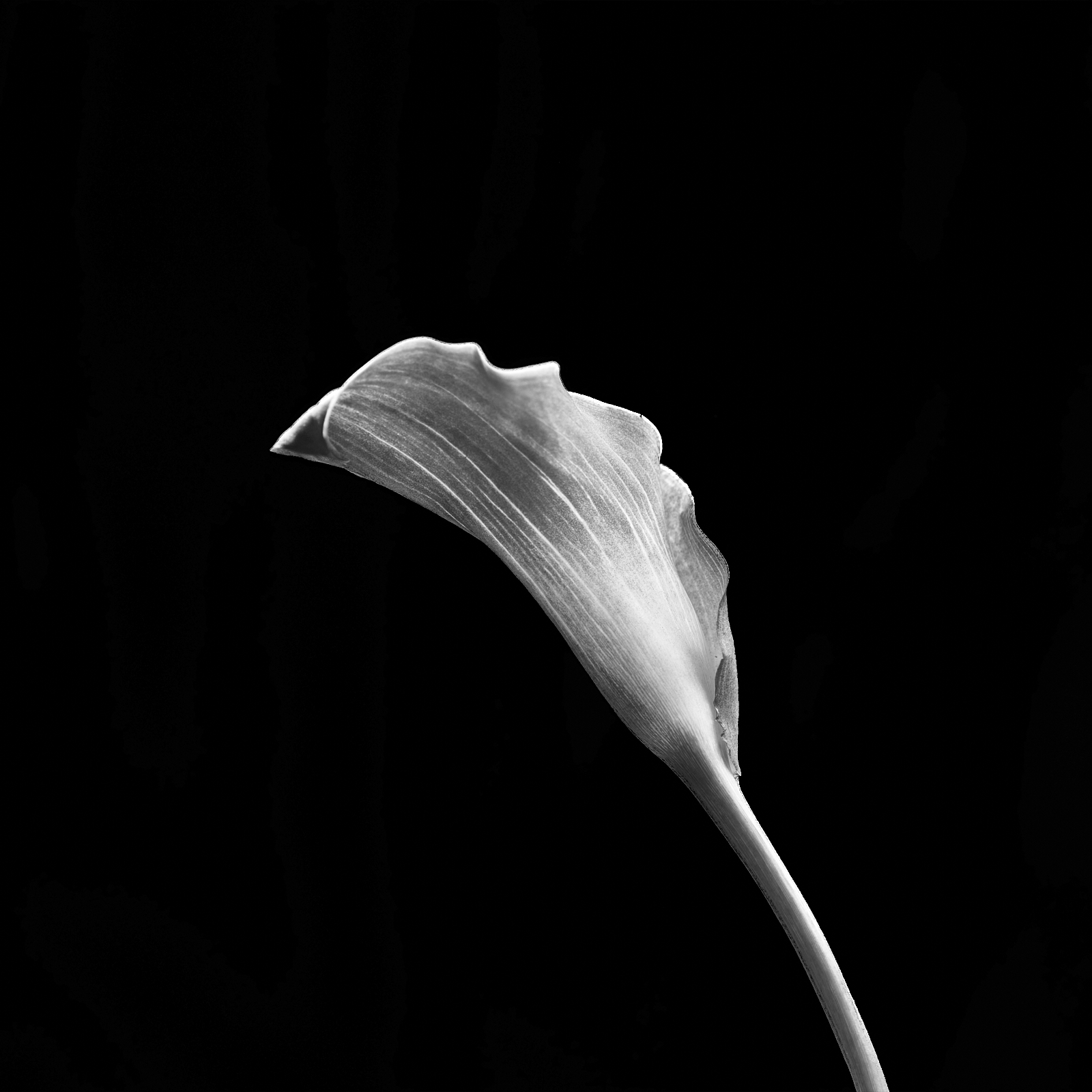Everybody takes photos of flowers. Snapshots. Artsy black-and-whites. Bold colors against dark backgrounds. Everybody. They are a photographic cliché, though I confess I don’t know quite what the original meaning or significance was in taking photos of flowers and so I don’t know what the practice has lost. I suspect part of the draw is: flowers are dependable subjects. They are easy to find. They don’t move. They can be arranged as you please.

Some photographers are able to transform ordinary flowers (and vegetables and fruits) into sensual images, e.g., Weston or Mapplethorpe.

For me photographing flowers combines the pleasures of working quietly and methodically. I enjoy the slow, deliberative process. I also learn a lot about light and how to get the light to illuminate the flower in different ways. But I will freely admit: I also enjoy the photographs. I think they can be beautiful: the elegant shapes and curves, the rich, subtle tones. Photographs don’t always have to tell a story or make a point or reveal some philosophical truth. Sometimes, it is enough for a photograph just to be pretty.